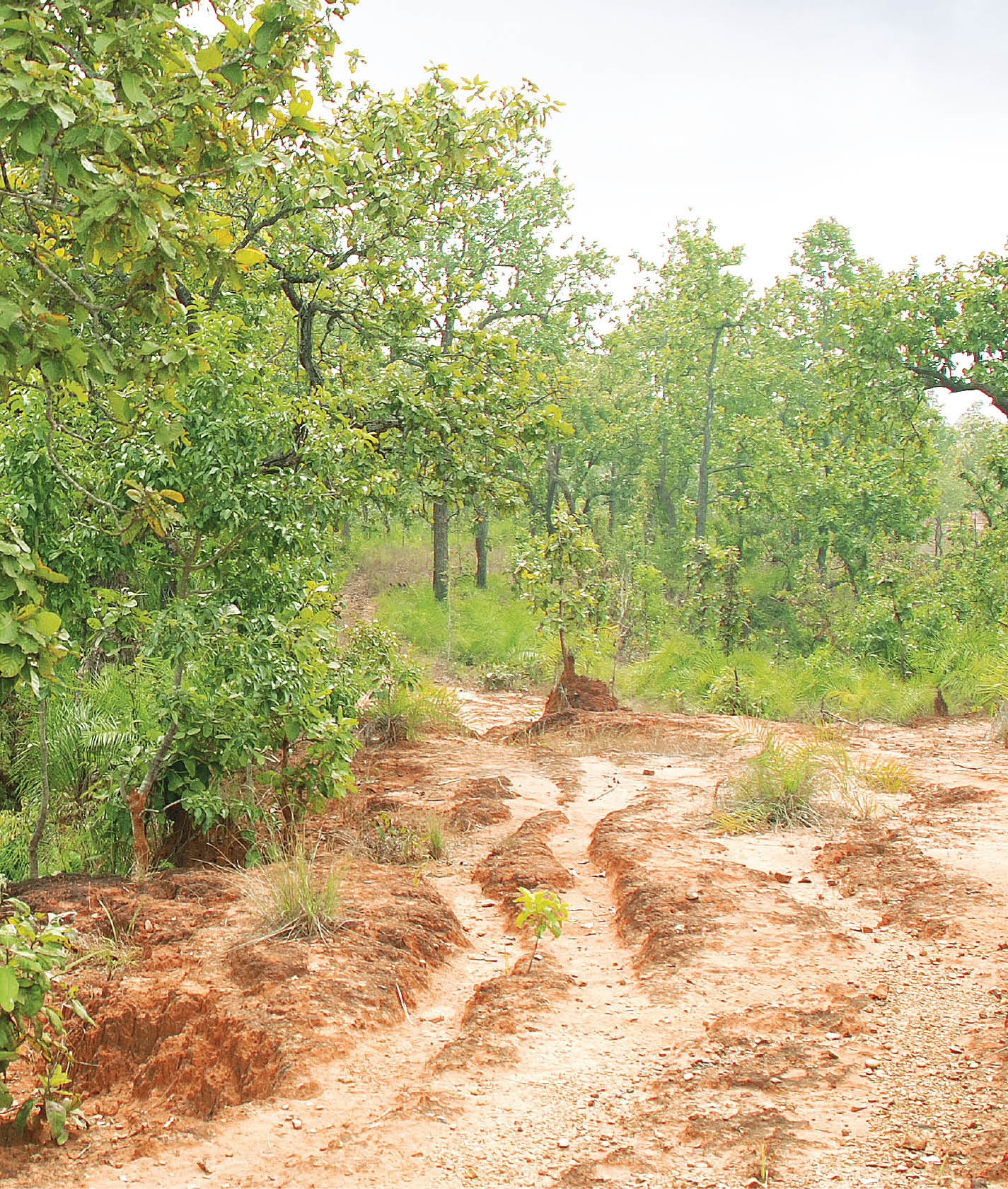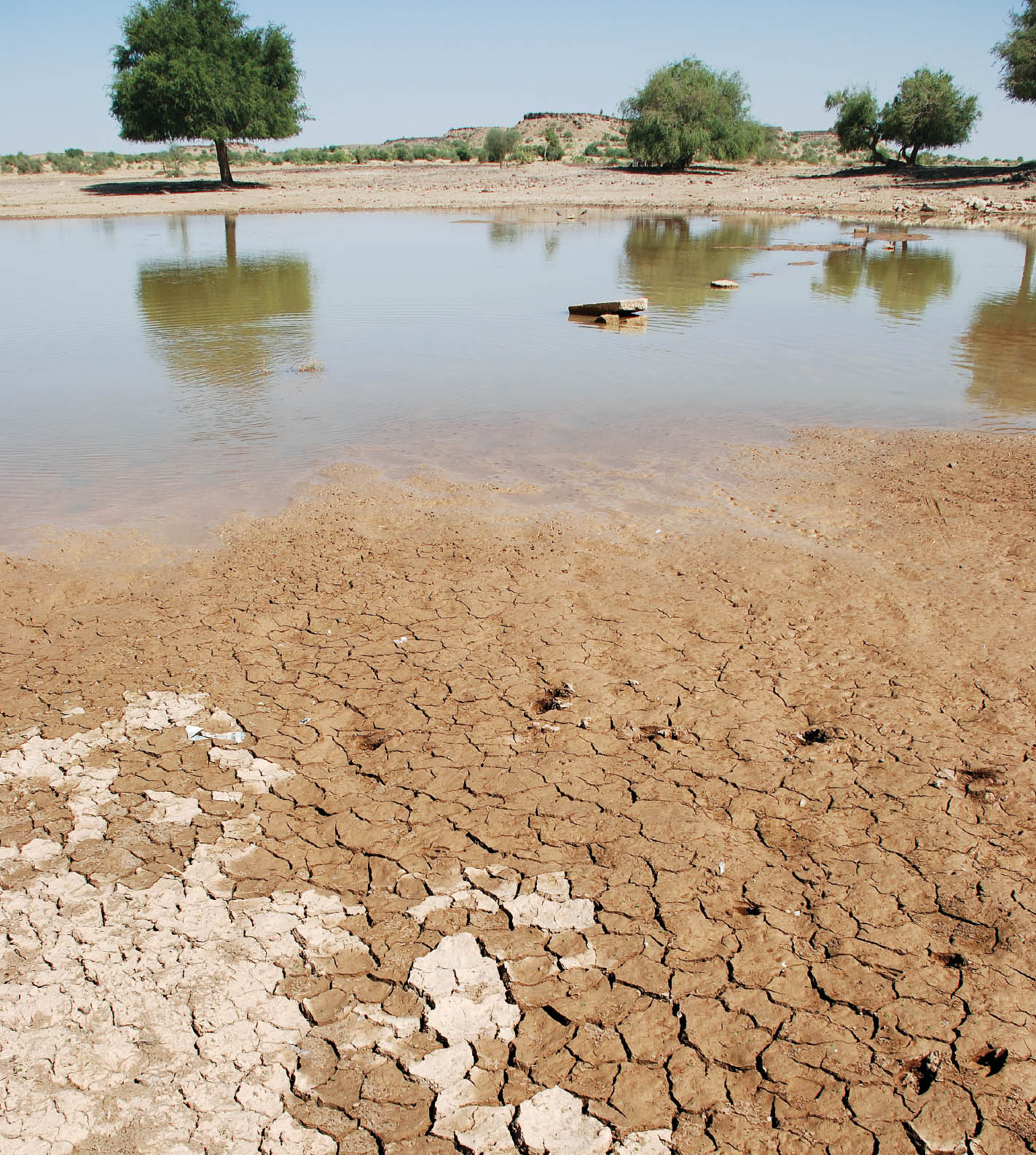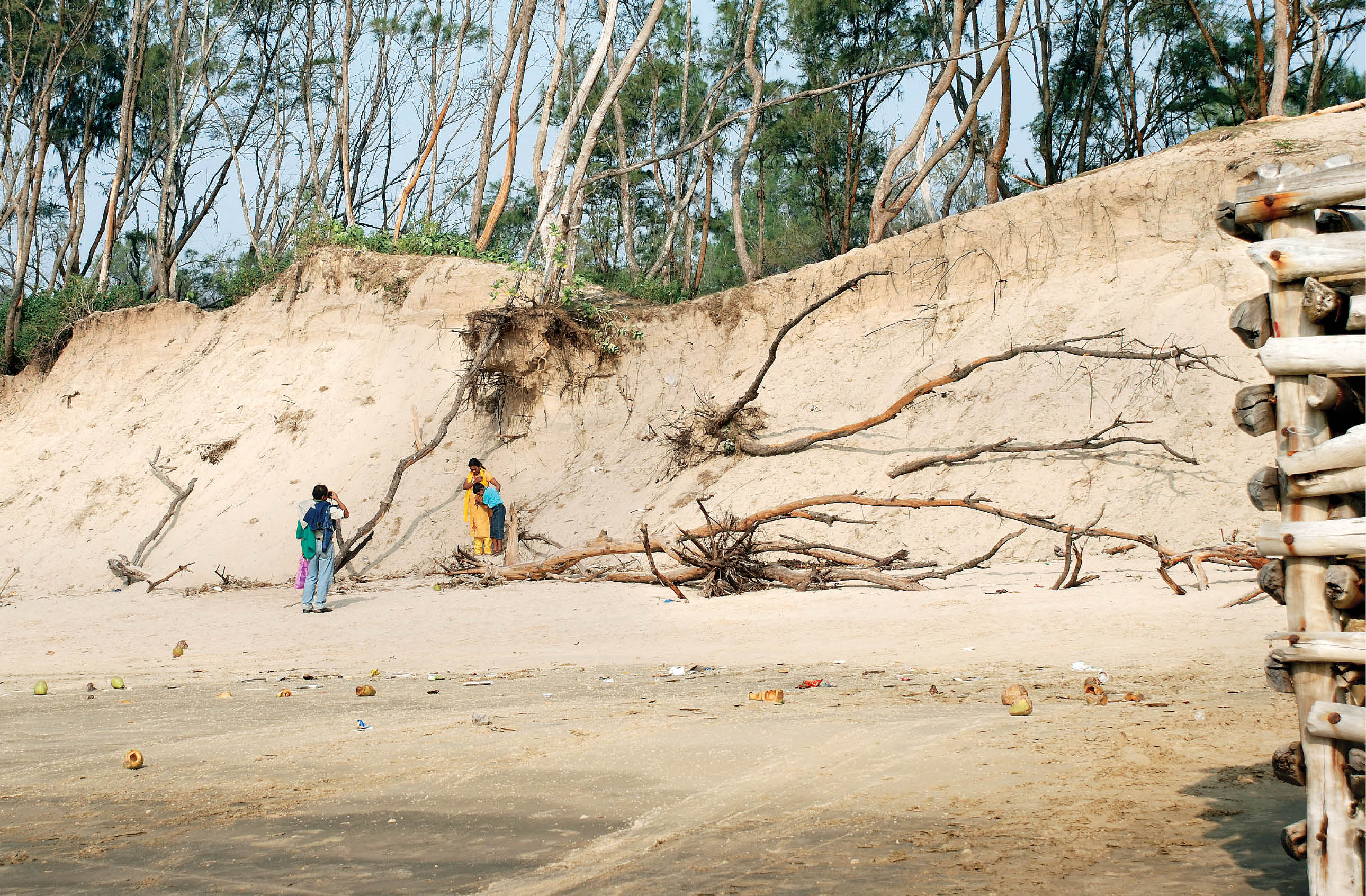Ravine Erosion in India


.png )
India has emerged as a significant global destination for medical tourism, attracting more than two million international patients annually[1]. Offering services ranging from complex cardiac surgeries...

India's rivers, once the cradle of civilization and culture, are today a site of deep ecological distress. While Sustainable Development Goal 6 (SDG 6) advocates for clean water and sanitation for all...

The recent World Bank report that ranks India as the fourth most equal country globally has sparked a critical debate on the measures and metrics behind inequality rankings and poverty reduction. The...
A Geospatial Study of Lower Chambal Valley The ravines of Chambal have probably originated from tectonic activity and have till date shown no obvious relation to climate, but continued deforestation...
Land Degradation and Climate Change The vulnerability of drylands is now markedly visible with acres of cropped land degraded. The 1977 Landsat MSS image, shows Ghaggar Diversion Channel bringing exc...
India accounts for about 2.4 per cent of the world’s geographical area but supports about 17 per cent of the world’s human population and 15 per cent of the livestock.
A Geospatial Study of Lower Chambal Valley The ravines of Chambal have probably originated from tectonic activity and have till date shown no obvious relation to climate, but continued deforestation exposes the nutrient deficient soil, which exacerbates ravine expansion. Extreme climatic events in such a scenario can speed up erosion and prompt a disaster.

Land Degradation and Climate Change The vulnerability of drylands is now markedly visible with acres of cropped land degraded. The 1977 Landsat MSS image, shows Ghaggar Diversion Channel bringing excess water of Ganga Canal to the interdune plains. The fertile valley of the Drishadvati palaeochannel, with crop lands depicted in blue, covering about half the image can be seen. The 2000 Landsat ET...

India accounts for about 2.4 per cent of the world’s geographical area but supports about 17 per cent of the world’s human population and 15 per cent of the livestock.
